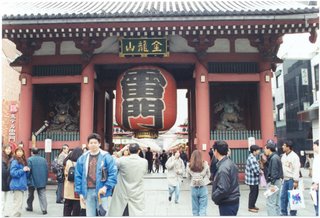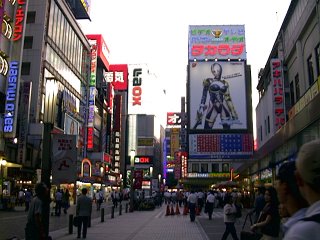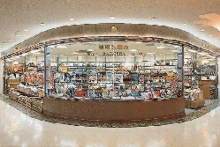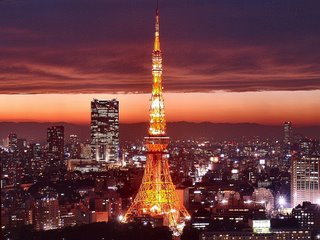31st entry - Moving in with S (part 1)

On Monday (24 Jul) night, I moved in with my sweetheart S to a rented room, and we began a new chapter in our lives. This was a dream come true for me because I had always wanted to stay with my sweetheart in a place of our own - a place where we can be ourselves. Needless to say, I am very happy that S and I have grown so close now and that we have a chance to experience the ups and downs of life's journey together.
 The Bed Incident
The Bed IncidentS bought a new bed for the house, as we had doubts about sleeping on the old bed that the landlord gave us (together with a bunch of old furniture, which had apparently outlived their usefulness but the owner could not bear to throw them away). A very good friend of mine offered to give us her Queen bed but we declined because we were not sure whether it could be dismantled and delivered to our place.
At first S went to buy a metal-frame bed from a furniture shop near our place; the bed was ideal because it was relatively cheap and could be dismantled and taken with us in case we wanted to move. The bed was delivered in the evening around 9pm by a woman and a man; the woman was apparently the lady boss and the man, her helper. After assembling the bed, we realised that one of the legs did not touch the ground.
Explaining that the man had over-tightened the screws of the bed, the lady boss tried to loosen the screws but in spite of all the adjustments the leg was still in the air. The woman then insisted that our floor was uneven. S then went to lie on the bed and rolled about, and the creaky noises could be heard loudly and clearly by all. By now, the woman appeared impatient and began to accuse us of being picky.
S refused to accept the bed and told them to return it. The woman's temper flared suddenly, and agreed reluctantly to take the bed back, but she demanded for $10 compensation for delivering the bed. We refused to pay, and the woman started to hurl abusive words at us. When they realised that we refused to budge, the woman and her helper just picked up their tools and left, leaving the faulty bed.
A while later, S called the furniture shop to find out when they were coming back to collect their merchandise. The woman answered angrily that they would return to our place after closing their shop, without telling us definitively at what time they would arrive. We waited for half an hour before we heard their cursing from the corridor outside our apartment. Their incessant cursing and swearing was accompanied by the defiant clanging of the tools. We merely stood at the door silently, and watched.
To our horror, we realised that they had neatly arranged the pieces of the bed and wrapped them up to be re-sold to future unsuspecting customer(s). We were thankful that we did not accept the bed, after we knew how unscrupulous these businessmen were. When the pair of "psychopaths" finally departed, S finally could not tolerate their verbal abuse any further and retorted loudly at the corridor "I hope you and your 3 generations will not prosper in your business!" The woman actually spit back at her (her putrid spittle landed on S's foot)!
We slept on our mattress for a few more days before another bed that S ordered had been delivered. This new bed was a wooden one, and this time we assembled the bed ourselves. It was hard work, and we even made a mistake halfway and had to re-assemble some parts. However, we felt that it was worth it because we had created a beautiful memory of assembling our own bed together as a couple. And the bed was very comfortable too!
With the horrific episode of the psycho furniture shopkeeper behind us, I reflected that the Bed Incident and subsequent assembling of our own bed collectively led me to learn something more about S that I admired. Firstly, S was intelligent, rational and knew how to remain calm even during trying circumstances. Had S started a quarrel with the unreasonable woman, it would not only be unhelpful to our predicament but also could have delayed the dismantling process even further. Secondly, S valued independence and took pride in doing something without help from others. Had we paid for the furniture shop to assemble the second bed for us, we would have lost a valuable chance to bond together. It was a satisfying experience that no amount of money could buy.
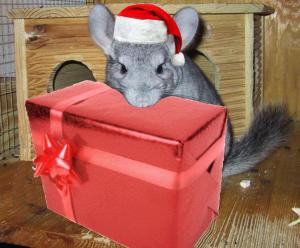 Hyperactive Pets
Hyperactive Pets The landlord's partner kept 5 chinchillas in 4 cages in the apartment. Before we moved in, they were sitting comfortably in one of the two toilets that was not used. As that toilet became the one that S and I would use, the chinchillas were evicted from their homes and re-settled in the kitchen area, which was fine because nobody in the household cooked and besides, there was hardly any space left in the house to put them.
Chinchillas are by nature nocturnal, sleeping during the day and moving about at night. This behaviour was potentially disruptive to humans, especially when their activities created quite a din. Scratching and biting the cages, jumping up and down the different "floors" of the cages, throwing seeds and waste out of their cages ... Being a light sleeper, the startling and erratic noises they made drove me crazy and prevented me from sleeping.
S told the landlord about the noise and hoped something could be done. We were told that a few of the creatures would be transferred elsewhere in the near future, but this did not materialise. Strangely though, after a few weeks I grew gradually used to the noises that they made. In addition, I started sleeping on the side of bed further from the door, which was actually more because S feared that the airconditioning vent was blowing directly at me and the chill would keep me awake at night, but as a result I could hear less noise and sleep better.
In fact, S's consideration for me was evident in many ways (not just the chinchilla example) - from meals (S always asks me what I wanted to eat before we decided on a dinner venue and often respects my choice; in the mornings S often wakes up early to make breakfast for me) to laundry (S offered to do laundry for me in the weekends when I return to see my parents at my own place), and its S's the tender loving care and concern that made me settle in so quickly and happily at the new apartment. This is enough to make my heart grow fonder and fonder for S day by day...
 A Bug's Life
A Bug's LifeSome time after moving in, we realised that we were not the only tenants in the 2-bedroom apartment. The landlord has free-loaders taking refuge in various places. If you have not guessed by now, yes - I'm talking about ants and other pests. They crawl everywhere - from the living room to the kitchen to the toilet and even the bedroom. Its really creepy how the trails they made, like gipsies crossing the desert, would appear in some places, disappear for a day or two, and then mysteriously reappear again.
The worst of the lot were the ant trails in the toilet that we were using. They made a long line spanning the 4 walls and it was difficult to hang our clothing with a peace of mind, as we feared the ants would hide in the fabric. S had to buy some pesticide chalk and draw a boundary around the area where we hang our clothes so that the ants would not get to them. Thankfully, the ants had kept away from the clothing hooks ever since.
Ants were not the only problem, unfortunately. When S acquired a Queen bed from the landlord at the previous apartment, we did not check carefully the nooks and cranies of the bed before sleeping in it. When we brought the new mattress over to the new apartment, we spotted a bunch of bed-bugs wrapped in the transparent plastic that was used to protect the mattress during transportation. Fortunately, we managed to spot most of the adults and killed them, but there is no way of knowing how many more bed-bug babies would hatch and start to feed on us in future ... *shiver*




